The Neolithic period began around 10,000 BC. This is one of the most important periods in human history because it marks the beginning of civilizations. Our ancestors began to settle around this time, with a number of sites being excavated and studied by scientists. But there are many ancient settlements that contain works of art that have been proven to date back tens of thousands of years. To date, these sites have become archaeological sites and nearly all have been recognized by UNESCO as World Heritage Sites.
 |
9. Tell es-Sultan (Jericho)
Age: more than 10,000 years
Location: Jericho, West Bank, Middle East
Year of excavation: 1868
Tell es-Sultan is the oldest part of Jericho and is known as the oldest town on earth. Hunter-gatherers initially settled at Tell esSultan around 9,000 BC and continued to fortify and expand the site. By 7,000 BC, Tell es-Sultan became a large town. Around this time, the walls and towers of Jericho were built to protect the settlement. The first period of excavation at Tell es-Sultan began in 1868 with the discovery of flint tools and houses built from mud bricks.
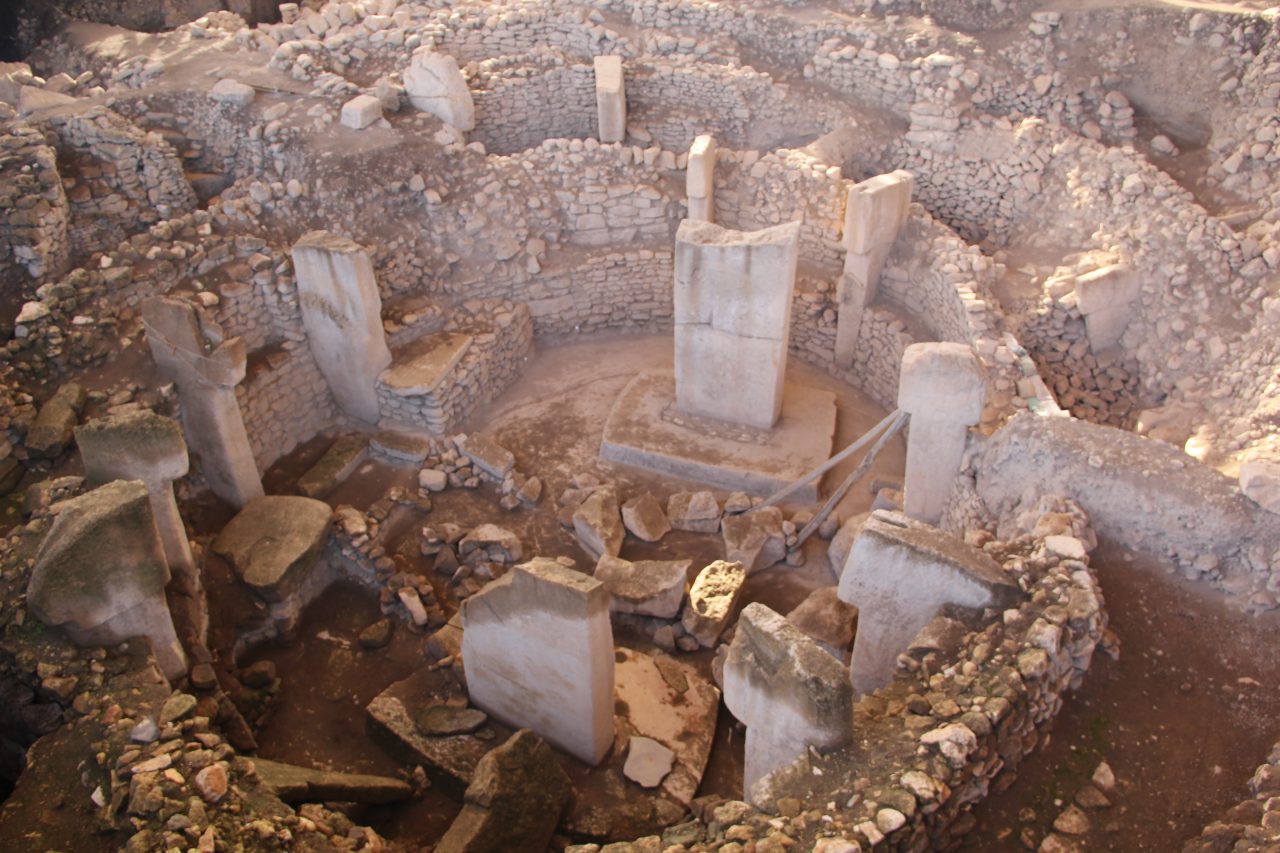 |
8. Göbekli Tepe
Age: more than 11,000 years
Location: Southeast Anatolia, Türkiye
Year of excavation: 1963
Believed to be the oldest temple in the world, Gobekli Tepe is more than 11,000 years old. The site was first discovered in 1963 and scientists were initially not interested in Gobekli Tepe because they thought it was just an abandoned medieval cemetery. However, German archaeologist Klaus Schmidt rediscovered the site in 1994. Schmidt continued to lead the excavation team until his death in 2014, and he believed that Gobekli Tepe was a temple in Neolithic period. In 2018, Gobekli Tepe was recognized by UNESCO as a World Heritage Site.
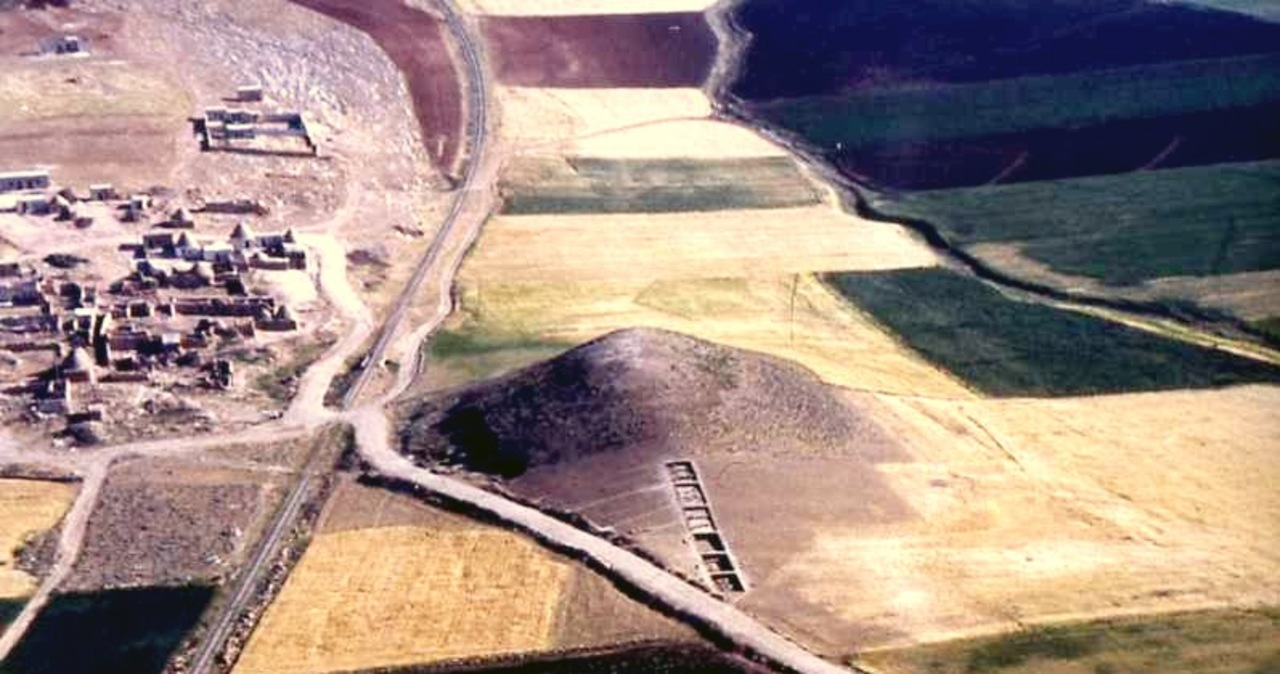 |
7. Tell Qaramel
Age: more than 12,000 years
Location: Aleppo region, Syria
Year of excavation: 1999
Evidence of Tell Qaramel was discovered in the late 1970s, but excavation of the site began in 1999. Archaeological excavations indicate that the settlement of Tell Qaramel existed between 10,900 and 8,800 BC. There are more recent studies showing that Tell Qaramel may be even older. Researchers have discovered several artifacts from Tell Qaramel, including flint, bones, and stone objects. There are also several towers dating back to around 10,650 BC. These are the oldest towers in the world, predating the famous Jericho Tower by several centuries.
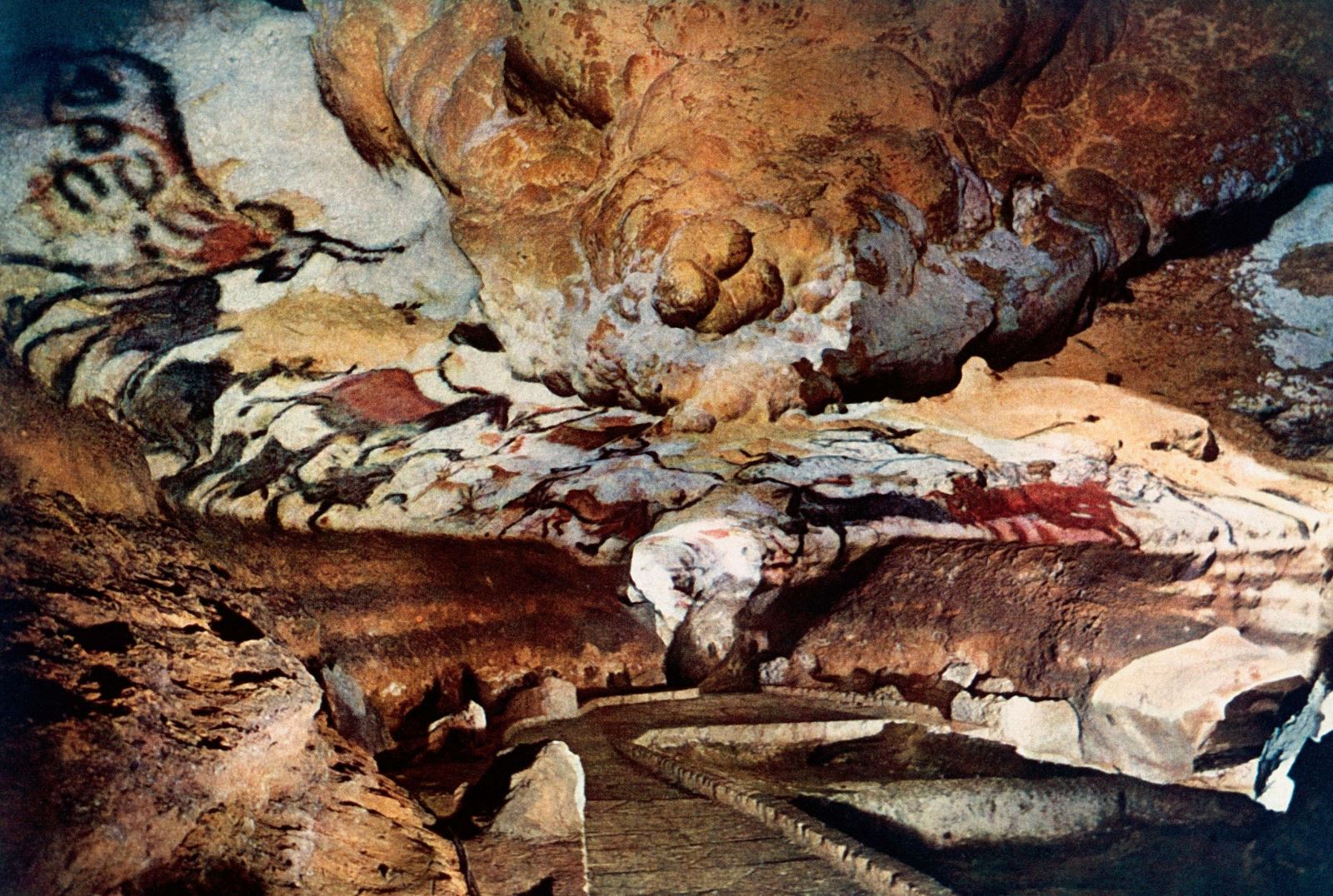 |
6. Lascaux Cave
Age: about 17,000 years
Location: Montignac, France
Year of excavation: 1940
Although it does not have the oldest cave paintings in the world, Lascaux is probably the most famous cave with prehistoric paintings in the world. Since its discovery in 1940, Lascaux has been extensively studied. The walls of the cave are covered with images of animals, human figures and signs. Recently, a complete replica of the technologically recreated Lascaux cave was opened to the public.
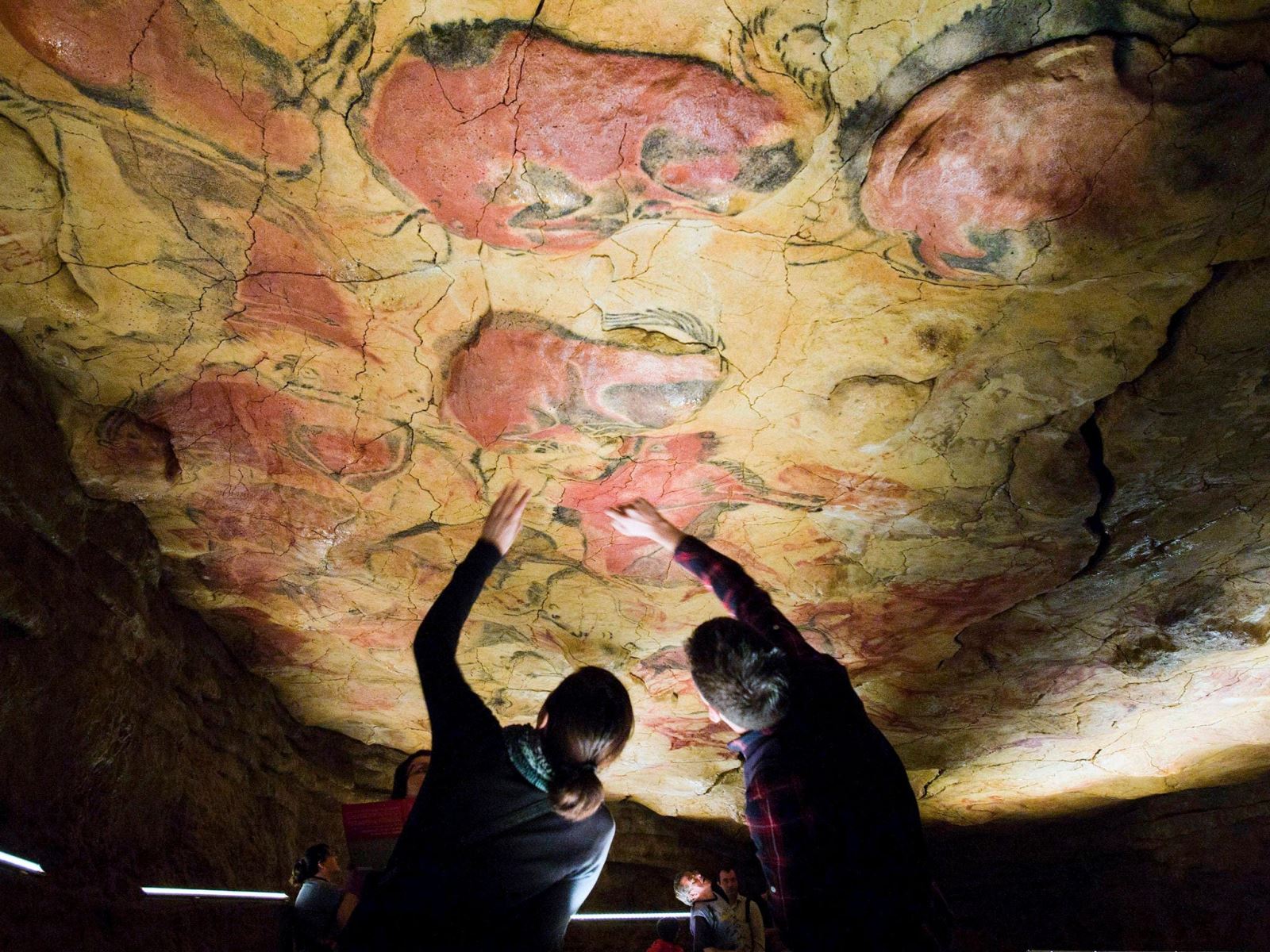 |
5. Altamira Cave
Age: over 27,000 years
Location: Santillana del Mar, Cantabria, Spain
Year of excavation: 1879
Altamira Cave is one of Spain’s most famous archaeological sites. When Altamira was first excavated in 1879, many scholars rejected the authenticity of the cave paintings because they were so different from those found in France. As a result, Altamira was largely forgotten for many years before it was revisited in 1902. Altamira was open for many years but in 2002 it was closed when mold began to appear on some picture. Researchers say that tourists and artificial light have harmed Altamira. In 2014, Altamira was partially reopened to the public. Each week, five visitors randomly selected through a lottery are allowed to visit Altamira in protective gear.
 |
4. Murujuga
Age: about 30,000 years
Location: Dampier Islands, Western Australia
Year of discovery: unknown
Murujuga is a sacred place to Australian Aborigines. This site is home to the oldest rock carvings in the world. It is also one of the largest rock art collections with at least one million individual works of art. The petroglyphs date back about 30,000 years ago and depict a number of now-extinct animal species in Australia.
 |
3. Chauvet Cave
Age: about 36,000 years
Location: Ardèche, France
Year of excavation: 1994
Chauvet Cave in France is perhaps one of the most important sites of prehistoric art. The cave paintings are the most beautiful, well-preserved and clearly depict animals such as rhinos, lions and deer. Although there is some disagreement, recent research has determined that humans inhabited Chauvet Cave around 36,000 years ago. To protect the cave and its paintings, Chauvet was sealed off not long after it was first discovered in 1994. A replica of Chauvet’s cave has now been built so visitors can admire the caves. paintings, drawings and engravings.
 |
2. El Castillo Cave
Age: over 40,800 years
Location: Monte Castillo, Puento Viesgo, Cantabria, Spain
Year of excavation: 1903
El Castillo is famous for having the world’s oldest cave paintings, more than 40,800 years old. The cave was first discovered in 1903 by H. Alcalde del Río and El Castillo. The cave paintings were re-researched in 2012 with the result that the cave paintings may have been created by Neanderthals instead of modern humans as originally announced.
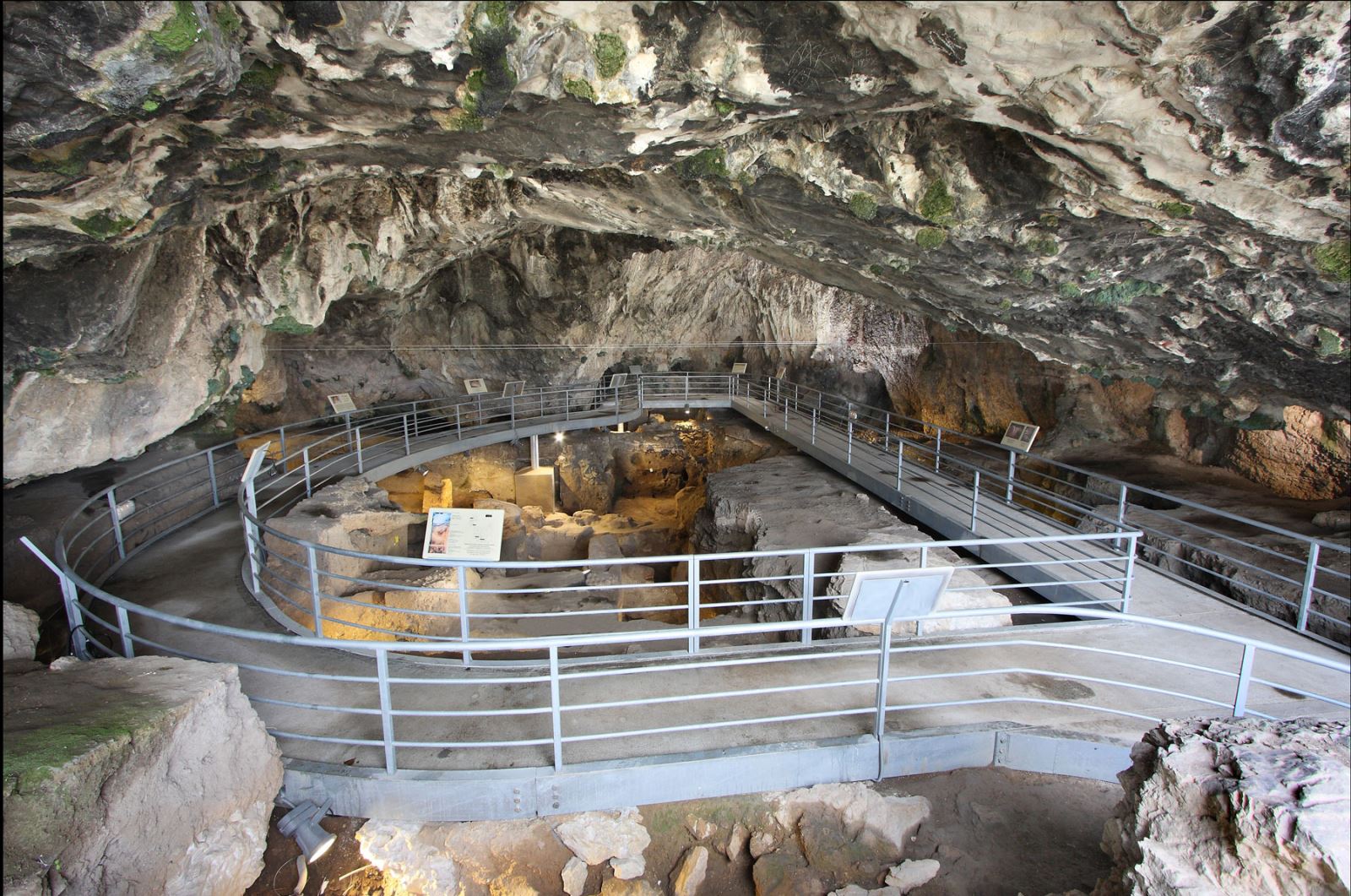 |
1. Theopetra Cave
Age: about 135,000 years
Location: Thessaly, Greece
Year of excavation: 1987
In 2012, after decades of research and excavation, researchers suggested that humans lived in Theopetra cave more than 135,000 years ago. This means Theopetra is the oldest archaeological site in the world. Theopetra Cave is a treasure trove of artifacts from many different periods, including the Paleolithic, Mesolithic and Neolithic periods. The site is also home to a 23,000-year-old wall, built to protect the cave’s inhabitants from cold winds. This is considered the oldest architectural work created by humans in the world.




